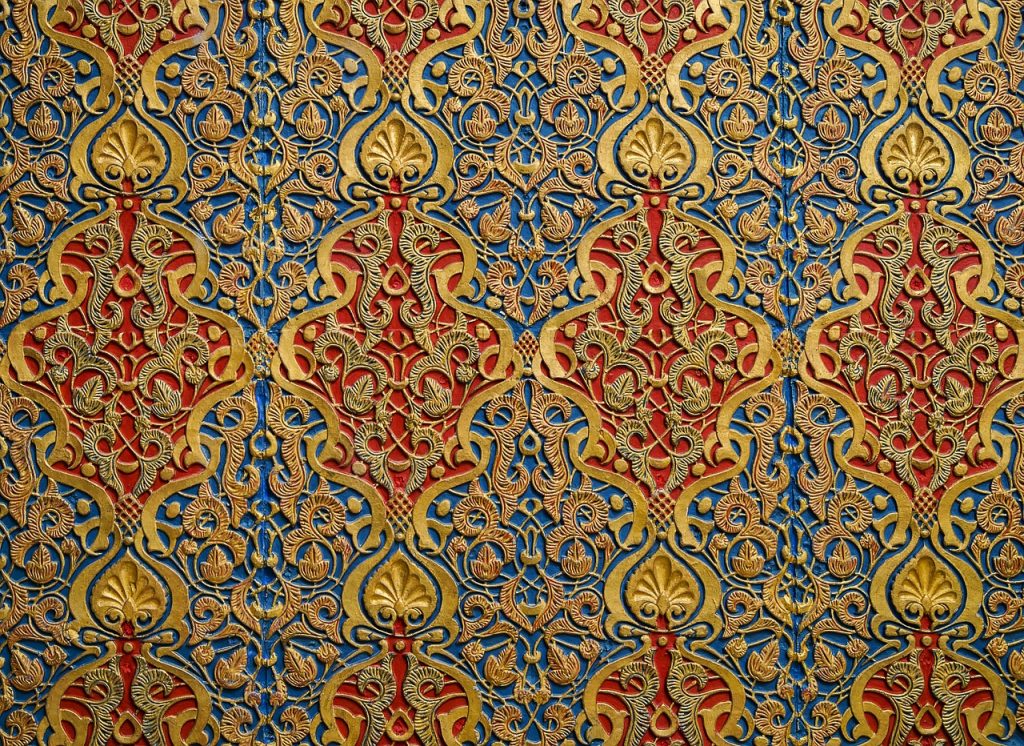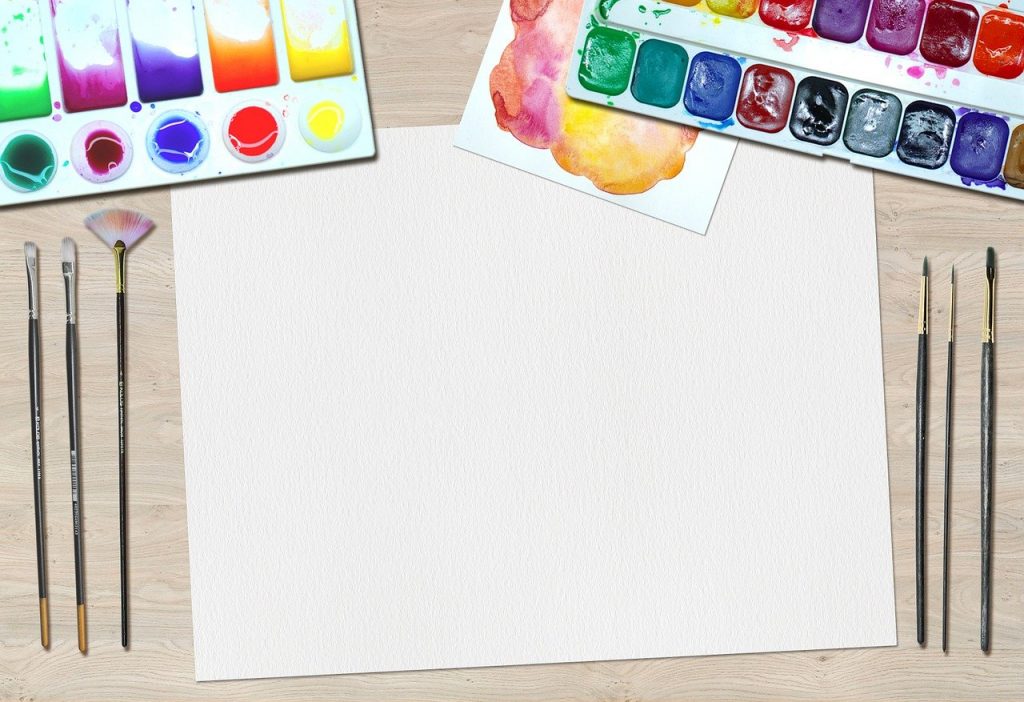Jammu & Kashmir is renowned globally for its handicrafts, and this industry is the source of livelihood of a majority of Kashmiris. Several families in Kashmir have been practicing handicrafts, across generations, for many years. The craftsmanship of Kashmiris is appreciated across the globe and their works of art are popular in the international market.
The handicrafts industry of Jammu & Kashmir is facing intense competition. Other players in the market are using machines and modern techniques to mimic Kashmiri works and selling them at lower prices. Consequently, some crafts of Kashmir are fading away. However, true art lovers know that the skill of Kashmir’s artisans is unmatched and hence, pieces handcrafted by Kashmiris have eared international acclaim.
Kashmiri handicrafts range from carpets and shawls to carvings and paintings. They can be broadly classified as textiles (which include carpets, rugs and shawls), carvings (wood and stone), paper mâché, embroidery, and painting. Here, we look at 9 handicrafts of Jammu & Kashmir that have a big potential in the global market.
Kashmir Shawls
They are valued the world over for their warmth, light weight, texture, colours and designs. The buta and floral motifs are characteristic to Kashmiri shawls. Once a symbol of royalty, these shawls have come a long way to being a fashion statement, and are sold across India as well as overseas.
Kashmir Carpets
Kashmiris are said to have learned the carpet weaving and spinning techniques from Persian artisans. The rich history of Kashmiri carpets dates back to the 15th century, and their most unique feature is that they are hand-knotted. They are crafted by using wool or silk; they feature a variety of designs, and more the number of knots, the higher is their value. They are also called Kashmiri rugs and are exported to the U.S. and several countries across Europe.
Wood Carving
Jammu and Kashmir is famous for walnut wood carvings, wherein wood of the walnut (Juglans regia) trees, which grow abundantly in Kashmir, is used for carving. Walnut wood is best-suited for detailed work owing to its hardness, durability, and even texture. This wood is used to make tables and other pieces of furniture such as trays, bowls, and boxes. Craftsmen of Kashmir are known for creating intricate designs, and the commonly used motifs include flowers, fruits, chinar leaves, and dragons. Wood carving mostly takes place in Srinagar and is highly appreciated by art connoisseurs all over the world.
Stone Carving
Stone is widely used in the Kashmir valley; stones are used to build houses and other structures as well as in home and garden decor. There are several stone carving workshops along the highway that links to Srinagar, where artists can be seen working on Kene Kaen (veneering stones), Braande Kaen (curbstones) and Kaanas (used in fountains and other structures). Stone crafting requires considerable time and effort and this art has been witnessing a decline for the last few years. However, if stone carvers (called Sang Taraash in Kashmiri) in Kashmir are given the required facilities, this art will revive, and the stone works are likely to prove highly lucrative in the global market.
Crewel Embroidery
Embroidery has been an integral element of the handicrafts in Kashmir, and it can be spotted on shawls, carpets, and traditional outfits worn by Kashmiris. Flowers and other intricate designs are commonly used in the embroidered works. Crewel, a notable type of Kashmiri embroidery, features flowers and creepers, and is widely seen on drapery and upholstery.
Phool Kari
When describing Kashmiri handicrafts, the mention of Phool Kari cannot be missed. For years, the phool kari has been an essential part of every Kashmiri bride’s attire. This art originated in Punjab and gained popularity in the Kashmir Valley. Phool kari works mainly feature floral patterns with recent additions of many other designs. This craft can be seen on table covers, bed spreads, cushion covers, handkerchiefs, and even wall hangings.
Basohli Painting
Originating in the 17th century, in the town Basali, located in the Kathua District in Jammu, Basali (Basohli) painting is considered as one of the greatest achievements of Indians. The themes used in these paintings are derived from epics and puranas and are religious, secular, historical or contemporary. These paintings portray intense emotions and the Basali landscape. They are characterized by rich colours and bold lines.
Calico Paintings
Samba, a town located 40 kms away from Jammu, is the centre of block printing. In calico printing, vegetable colour is used to create designs on cotton cloth with the help of wooden blocks. Calico art can be seen on floor and bed coverings.
Paper Mache
A very popular Kashmiri craft, paper mâché traces its roots to the 15th century. The term means ‘mashed paper’, and this art includes colour and design work on surfaces built from paper pulp. The colours are made from minerals, plants, insects or vegetables. Mythological stories, animal hunting, battles, and flowers are commonly used in the designs. Some of the popular paper mâché objects include boxes, vases, wall pieces as also bowls and trays.
These handicrafts of Jammu & Kashmir represent the rich cultural heritage of this state. The Kashmir Valley has a long history of art and craft, and is home to some of the finest artisans whose works are popular across the globe. If these receive financial and technological support along with effective promotion, the handicrafts of Jammu and Kashmir have a huge potential in the international market.



